6 mistakes mothers make that make children sick in cold weather
(Baonghean.vn) - When the weather turns cold, infants and young children are the most vulnerable to health problems. We know that mothers want to protect their children from sudden changes in temperature, but there are things that seem to help prevent children from getting sick that are counterproductive... Below are some mistakes mothers make when taking care of children in the cold season.
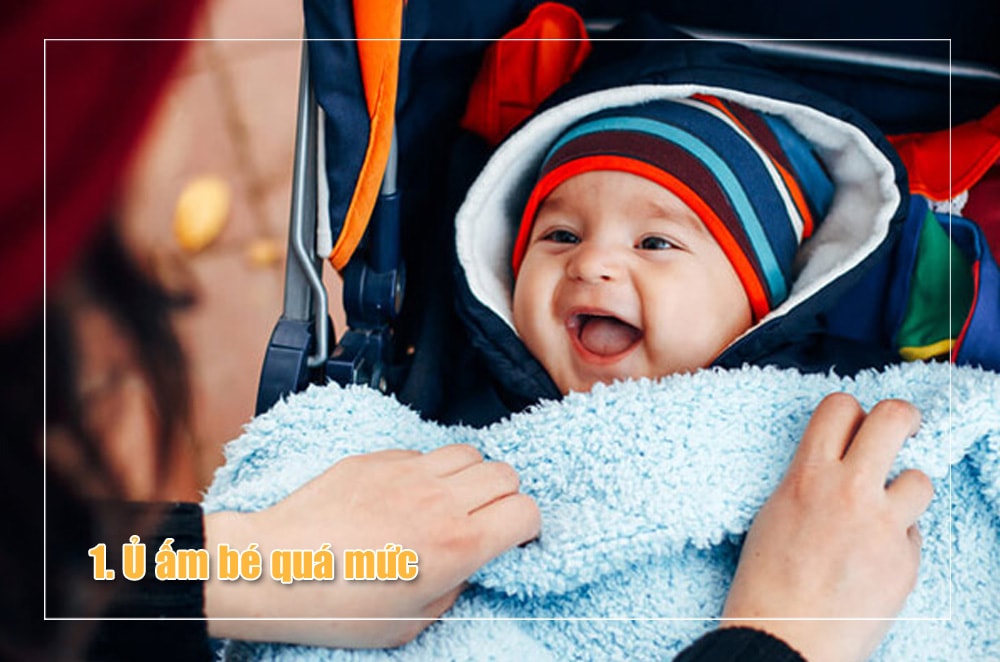 |
| Children's body temperature is lower than adults, but that does not mean that the more clothes they wear, the better. Wearing too many clothes will make children susceptible to colds and pneumonia due to excessive sweating... When it's cold, mothers should choose light, sweat-absorbent, heat-retaining clothes for their children; limit wearing thick, heavy cotton coats. |
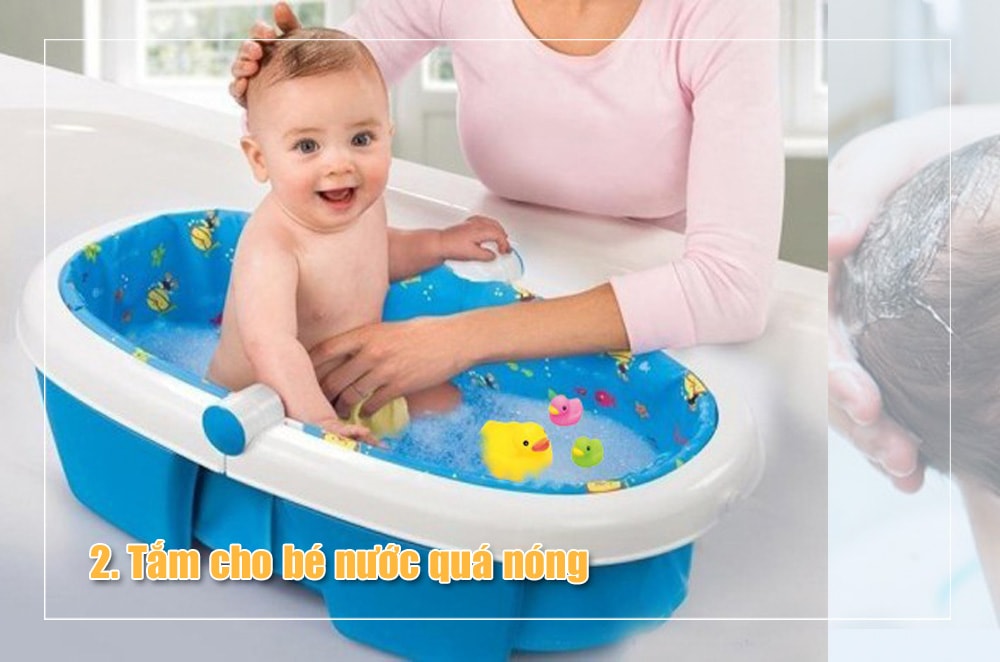 |
| Bathing with water that is too hot does not help your baby feel warmer but also affects your baby's sensitive skin. Baby's skin is thinner so the temperature perception is more "sensitive" than adults... The appropriate temperature for bathing babies in winter is from 33 - 36 degrees Celsius. You should use your wrist or elbow to test the water temperature; or use a thermometer to mix the appropriate bath water for your baby. |
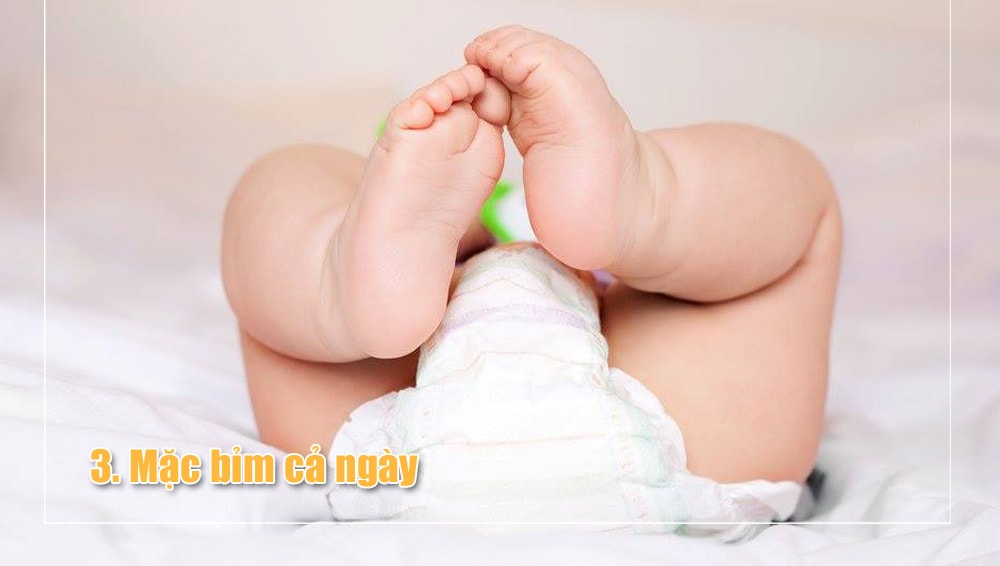 |
| Newborns often pee a lot, especially in the cold season. But you should not wear diapers all day long. Because wearing diapers often will harm your baby's skin such as dermatitis, redness, acne, ... and easily lead to diaper rash. |
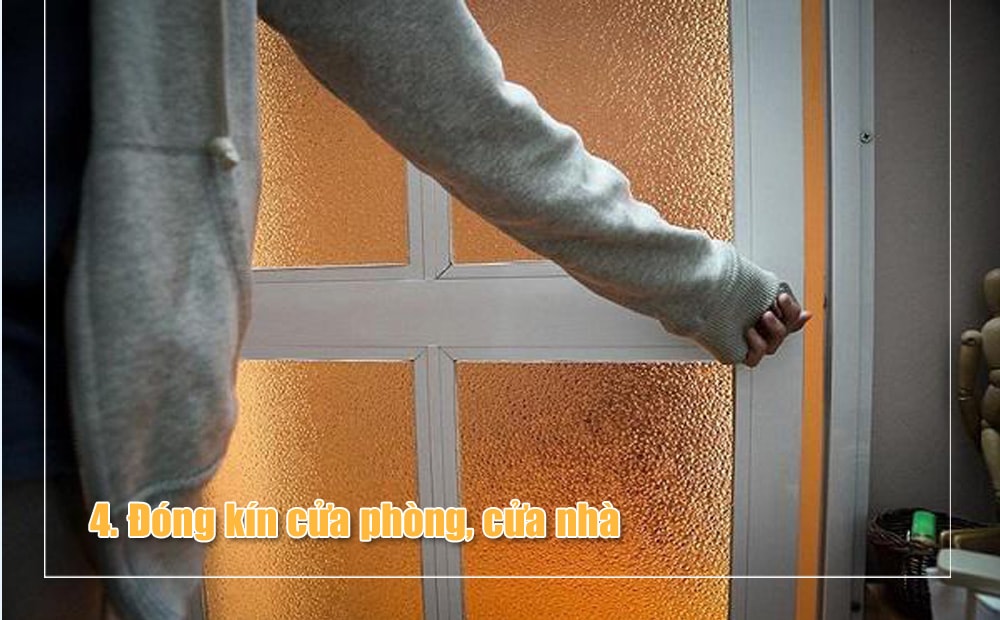 |
| Closing the door of the room or house to keep warm when it is cold is a wrong habit that many families have. However, if the door is closed in a stuffy room, lacking oxygen, it will make the baby's body tired, increase the growth of bacteria... The room temperature should be between 26 - 29 degrees Celsius, always airy and avoid drafts. |
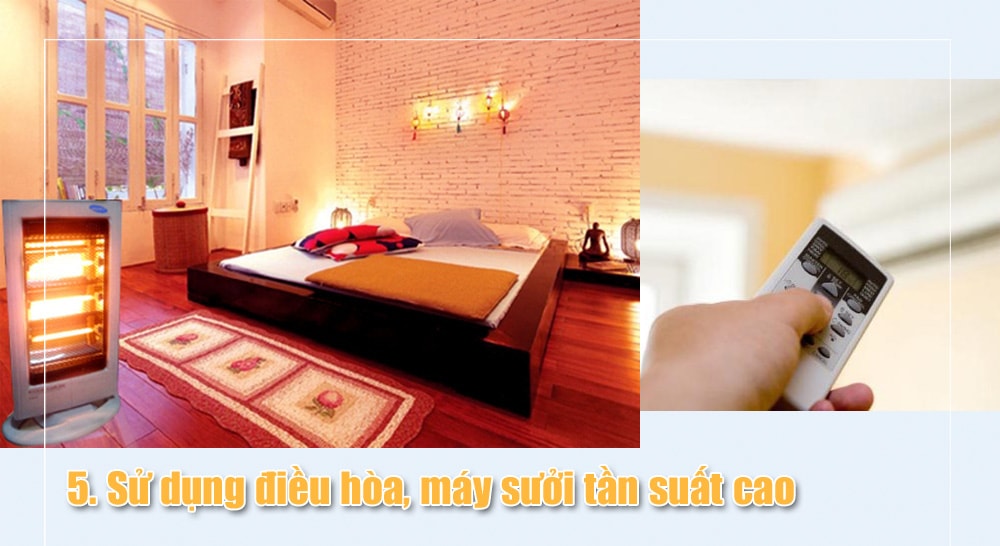 |
| Regular use of heating devices to keep children warm in the cold season is also not good for children's health. Because using heating devices too much can cause the body to be at risk of dehydration, dry skin, and dry nose. This can affect the respiratory system and cause difficulty breathing in children. Therefore, it should only be used for a certain period of time during the day. |
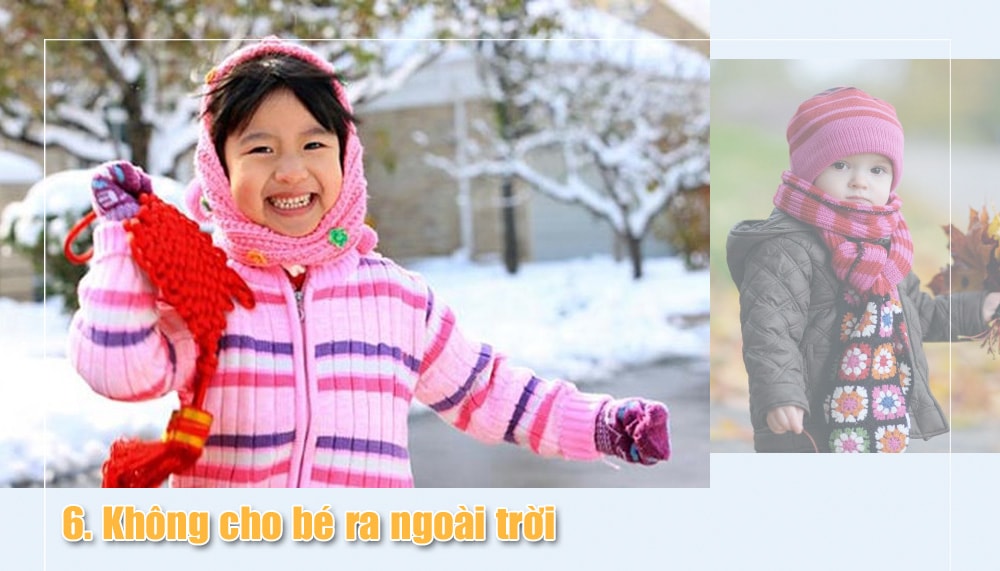 |
| Keeping your baby indoors for a long time will only make him weaker rather than protect him. Going out to “breathe fresh air” will help your baby adapt well to the environment, become stronger and prevent many diseases such as jaundice, vitamin D deficiency, rickets, etc. The most suitable time for your baby to walk in the winter is from 9-10 am and 3-5 pm. |

